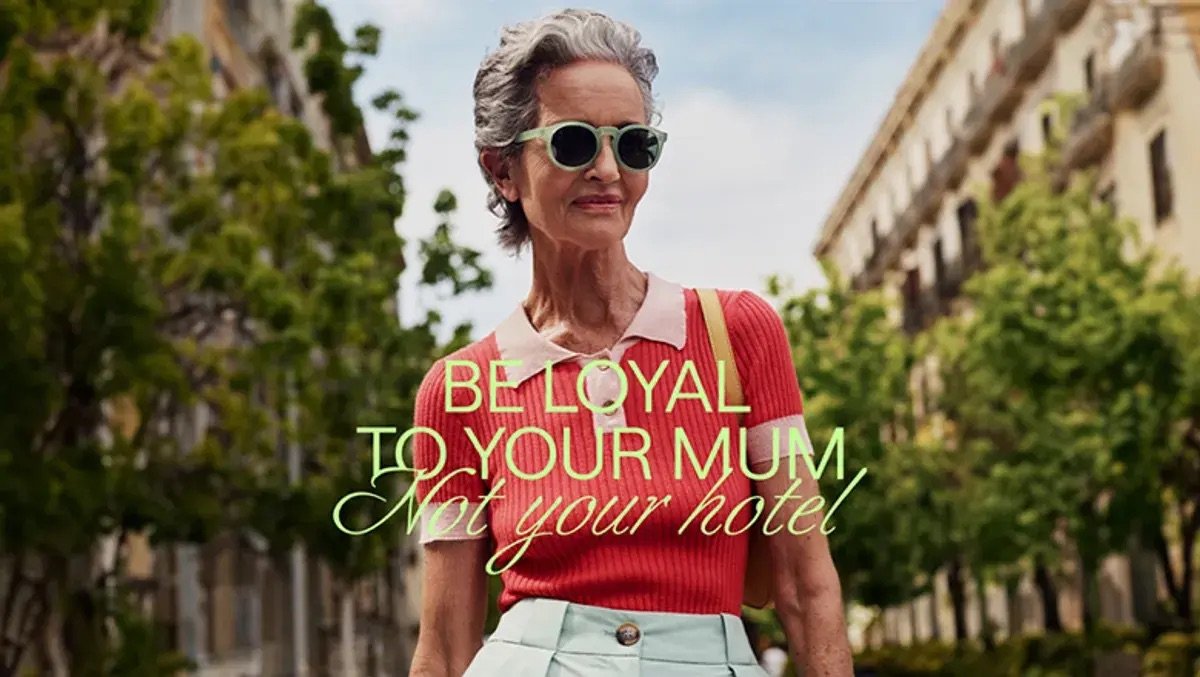The Loyalty Game: why hospitality brands need to rethink rewards
By Tara Henderson
Travel has had a resurgence after Covid, but the industry is still up against the same challenges - digitisation has reshaped the marketplace and at the same time, online travel agents have wedged themselves between businesses and guests. All of this has impacted not only profitability, but it is also making it increasingly difficult for hotels to manage customer relationships and therefore experience. Consumers are clicking and choosing options like never before and loyalty is in low supply.
However, it must be pointed out that loyalty schemes were practically invented by the travel industry – they’re a table stake of any travel and hospitality business. So, it’s no surprise that the major players are still relying on their loyalty programs. And potentially there is proof that their recent efforts to dial up these programs are working with all the major chains seeing double digit growth in loyalty program membership in 2023 compared to 2019 according to Skift Research. With up to 60% of room nights booked by loyalty members, these increases could mean real impact.
But digging deeper, there is a starker reality: consumers belong to an average of 19 loyalty programs according to Bond Brand Loyalty and only half of them are actively used. There is a disconnect and consumers aren’t engaging with loyalty programs.
Even as loyalty schemes have become a necessity, they don’t reflect the new type of traveller. Created largely for business travellers, in this more digitised world, the need for this has declined and leisure travellers are less interested in the loyalty schemes of old. For example, the likelihood of recommending a hotel loyalty scheme has dropped from around 35% to around 12% in the last few years according to McKinsey.
Incumbent hotel and travel brands are using the outdated points system, one which lacks both engagement and satisfaction. The incentives are often difficult to retrieve and are not relevant to customers’ needs. No surprise then that 83% of millennials and 82% of Gen Z commented that they would prefer a higher degree of flexibility when it comes to rewards according to research from Expedia. Younger travellers want programs that transcend transactions, not a points rewards system.
But how can travel brands revitalise a table stake of their industry to appeal to new audiences?
T-Mobile’s Un-Carrier
Instead of following the example set by incumbents and using a points system, brands should adopt a Challenger Mindset to find unique ways to appeal to new audiences and reengage disinterested consumers. By subverting category conventions, a key Challenger tactic, hospitality companies can stand out from their competitors.
First off, let’s look outside the travel category. A classic Challenger case of subverting category conventions is T-Mobile’s ‘Un-carrier’ campaign. Understanding the common frustrations consumers had with traditional carriers, they decided to flip every consumer pain point (e.g. hidden costs and contracts) to break with their incumbent competitors. They offered a bold alternative to their category, one that included many benefits such as no annual service contracts and free international roaming. Completely at odds from traditional phone contracts where they lock you in for up to 2 years and offer a set amount of data, texts and calls. Since the launch of the campaign, T-Mobile experienced exponential growth, millions of new consumers subscribed, and it became the fastest growing carrier in the US. They are still experiencing success today as the campaign continues to be a part of their overall strategy.
Whilst the day-to-day may not seem particularly relatable for those working in the travel category, the telco industry’s use of contracts is not dissimilar to the way the travel industry’s loyalty schemes operate. There is a lot that can be learned from the way T-Mobile challenges the incumbent way of doing things when it comes to industry wide consumer dissatisfaction.
All is not lost though as we are beginning to see the fruits of a more Challenger way of thinking within the travel industry. Ennismore is a lifestyle hotel chain owned by Accor but it operates as a separate entity. In 2023, they launched their ‘Dis-loyalty’ scheme – an exemplar of Challenger behaviour: breaking with expectations of their category in order to appeal to different audiences and evolving consumers’ needs.
Ennismore’s Dis-Loyalty Program
Instead of the traditional loyalty program where members earn and redeem points for their stay, it operates with a paid membership model – one that rewards you for trying new things. Members receive immediate discounts when they stay at new hotels (which can reach 50% off if the hotel has only just opened). A programme designed for instant gratification; it’s a far cry from the archaic points system. Not only have they flipped the traditional loyalty model on its head, they flipped the prevailing narrative – you get rewarded for being disloyal.
Ennismore’s Dis-Loyalty Program
Like T-Mobile, Ennismore understood consumer disengagement was due to a lack of evolution and progression within their industries. They both rejected the incumbency of their category by asking, do we have to do it the way it’s always been done? Especially if this is no longer serving consumers?
By subverting category conventions, they both became more appealing to new audiences and defined a stronger brand point of view which enabled them to stand out in their category.
So, if you’re looking to reach a new audience or reengage consumers ask yourself:
How could you break with the current loyalty scheme conventions to stand out?
What behaviours and thinking are no longer serving you or your consumers?



